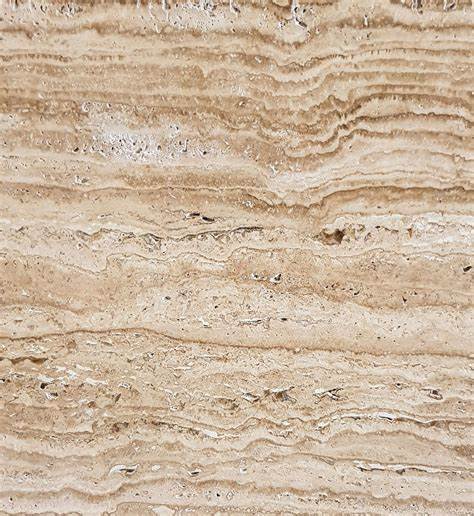The Ti
Travertino plaster is a luxurious decorative material that has been revered for centuries for its timeless elegance and versatility. Whether you’re aiming to recreate the grandeur of ancient Roman architecture or add a touch of sophisticated texture to modern interiors, Travertino plaster offers a unique blend of beauty and durability. Let’s delve into the fascinating origins, formation process, and diverse uses of this exceptional plaster in contemporary decoration.
Origins and Formation of Travertino Plaster
Travertino plaster is inspired by travertine stone, a type of limestone deposited by mineral springs, particularly hot springs. This natural stone is formed through the precipitation of calcium carbonate, resulting in a distinctive porous texture. Travertine has been quarried in Italy for centuries, especially from the Tivoli region near Rome, and used extensively in iconic structures such as the Colosseum and St. Peter’s Basilica.
The process of creating Travertino plaster involves combining lime with natural aggregates and pigments to mimic the appearance of travertine stone. This lime-based plaster is known for its breathability and eco-friendliness, making it a preferred choice for sustainable building practices. The plaster is applied in multiple layers, each meticulously finished to achieve the desired texture and depth, whether it be a smooth, polished surface or a rugged, aged appearance.
Uses of Travertino Plaster in Decoration
Travertino plaster’s versatility makes it a popular choice for various decorative applications. Here are some of the ways it can be used to enhance interior and exterior spaces:
- Wall Finishes:
- Travertino plaster can transform plain walls into stunning focal points. Its ability to create a range of textures, from sleek and polished to rustic and weathered, allows for customization to suit any aesthetic.
- Fireplace Surrounds:
- The heat-resistant properties of Travertino plaster make it ideal for use around fireplaces, adding a touch of elegance and timeless charm to these cozy spaces.
- Feature Walls:
- Highlighting specific areas, such as behind a bed or in an entryway, with Travertino plaster can add depth and character, making these spaces stand out.
- Exterior Facades:
- Travertino plaster is not just for interiors. Its durability and weather-resistant properties make it suitable for exterior applications, enhancing the beauty and longevity of building facades.
- Bathroom and Kitchen Surfaces:
- Travertino plaster can be used to create stunning backsplashes, shower walls, and countertops, bringing a luxurious, spa-like feel to bathrooms and kitchens.
Crafting with Travertino Plaster
Creating beautiful finishes with Travertino plaster requires skill and an understanding of the material. Workshops, such as our one-day Travertino Plaster Workshop, provide hands-on instruction in both traditional and modern techniques. Participants learn to mix and apply the plaster, creating four distinct finishes that showcase the material’s versatility.
In these workshops, attendees explore the history and properties of Travertino plaster, gaining insights into its formation and traditional uses. They also get to experiment with contemporary twists, blending classic methods with innovative approaches to achieve unique, personalized results.
Conclusion
Travertino plaster is more than just a decorative material; it is a testament to the enduring beauty and craftsmanship of ancient and modern artisans alike. Its rich history, eco-friendly composition, and versatile applications make it a valuable addition to any design repertoire. Whether you’re looking to restore historical elegance or introduce a touch of sophisticated texture to your interiors, Travertino plaster offers a timeless solution that enhances any space with its natural charm and durability.
meless Beauty of Travertino Plaster: A Decorative Marvel



